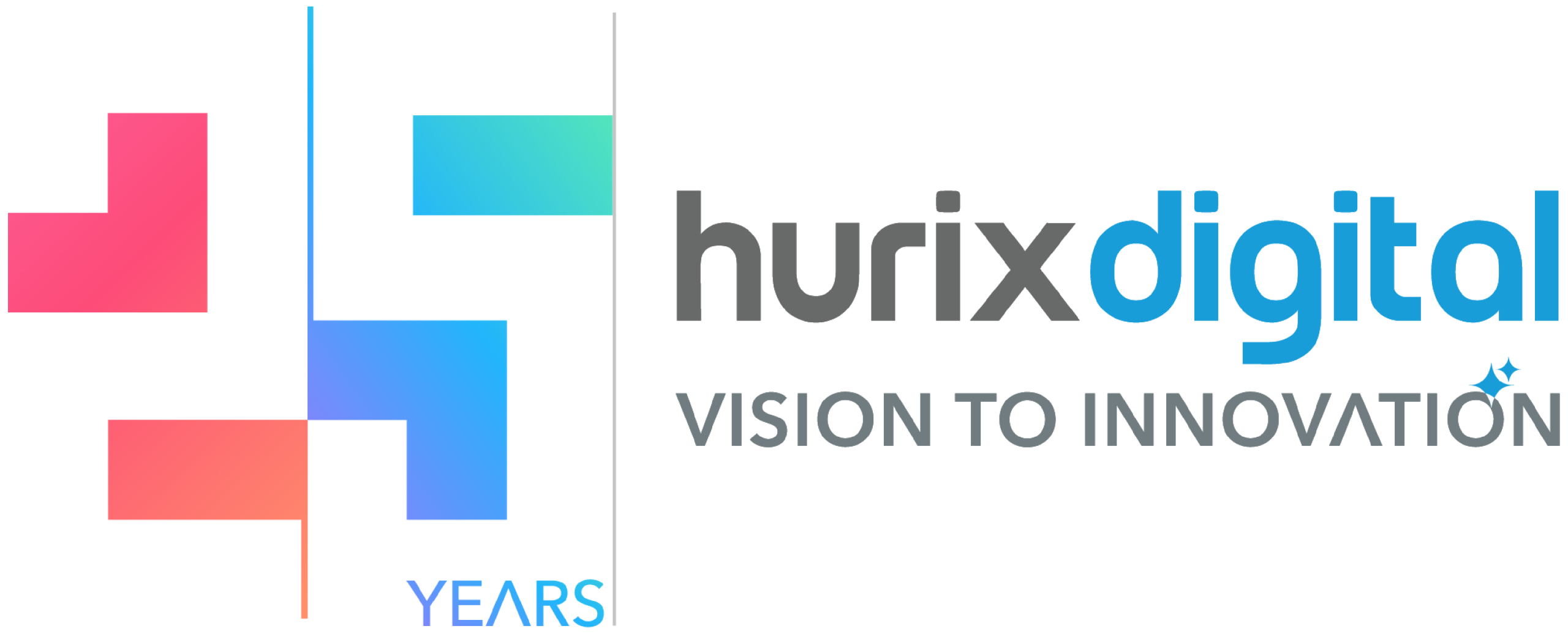
The Agile University: Architecting a Lifelong Curriculum for a Skills-First World
Summarize with:
For a century, higher education has operated on a powerful and enduring model: the course. This standardized unit of time and credit has been the bedrock of degrees, the currency of transcripts, and the organizing principle of academic life. Yet, in a world defined by accelerating technological change and the constant need for reskilling, the traditional, monolithic course is becoming increasingly brittle.
Consider two learners. Elise is an MBA student embarking on a two-year deep, transformative learning journey. David is a mid-career marketing manager, recently tasked with evaluating potential company acquisitions for his firm. He needs to understand corporate valuation, and he needs it now. The traditional university offers Elise a comprehensive, 15-week course, FIN-650: Corporate Development. For David, it might offer a separate, non-credit “executive bootcamp.” We force them into different silos, build and maintain separate products, and miss the powerful synergy that exists between them. We have built a system of rigid pathways when the modern learner demands a flexible, interconnected map.
This article proposes a new thought approach: the Agile Curriculum Architecture. It is a strategic shift from designing courses to engineering a dynamic ecosystem of verifiable skills—an architecture that serves both Elise and David from a single, master-designed source of truth, creating distinctive value for learners, employers, and the university itself.
The Agile Curriculum is built on a foundational principle borrowed from modern pedagogy: Competency-Based Education (CBE). This model reframes educational attainment, shifting the focus from time spent in a seat to skills proven through demonstration. This isn’t merely a semantic change but a fundamental re-architecting of our educational assets.
The core principle is to “Design Once, Assemble Many Ways.” Instead of creating distinct courses, we design a master “Competency Map” for a subject area. This map is not a syllabus but a granular chart of the essential skills and knowledge required for mastery. Each point on this map is a Competency Unit, a self-contained package of learning resources and, most critically, a performance-based assessment that asks the learner to prove what they can do.
Example: Business Acquisition & Divestiture.
Instead of a single FIN-650 course, we build a Master Competency Map containing units such as:
- C1: Strategic Context of Valuation: Can articulate why and when a valuation is performed (e.g., M&A, IPO, fairness opinion). Understands the difference between price and value.
- C2: Financial Statement Analysis for Valuation: Can dissect an income statement, balance sheet, and cash flow statement to find the inputs needed for a valuation model. Can “normalize” earnings by removing non-recurring items.
- C3: Building the Discounted Cash Flow (DCF) Model: Can construct a 5-year, three-statement projection model in Excel. Can correctly calculate Free Cash Flow and Terminal Value and discount them back using a given WACC.
- C4: Defending Valuation Assumptions & Communicating Results: Can justify the key drivers of the model (growth rates, margins, discount rate). Can translate the model’s output into a clear business recommendation (e.g., a valuation range and a “buy/don’t buy” conclusion).
- C5: Deal Structuring & Negotiation: Can outline the key terms of a deal and identify negotiation leverage points.
- C6: Post-Merger Integration: Can identify common pitfalls and develop a basic integration plan.
This map, comprised of these six core competencies, becomes our single, invaluable asset. The magic lies in how we assemble these units for different learners.
The Agile Curriculum Architecture creates a fluid, two-way exchange between professional upskilling and academic degree programs.
Table of Contents:
- The “On-Ramp”: From Professional Certificate to Academic Credit
- The “Exit-Ramp”: From Degree Progress to Early Career Credential
- Adopt a Competency-Based Pedagogical Framework
- Invest in a Modular Technology Stack
- Streamline Academic Roles and Enable Seamless Collaboration
- Communicate the Value Proposition Relentlessly
1. The “On-Ramp”: From Professional Certificate to Academic Credit
Our professional, David, needs to get up to speed on valuation quickly. He enrolls in the “Professional Certificate in DCF Valuation” certificate. This product is an assembly of Competencies C1, C2, C3, and C4. He engages with the learning materials at his own pace. To earn the “Professional Certificate in DCF Valuation” competency, he doesn’t take a multiple-choice quiz; he downloads a case study with financial statements and is tasked with building a valuation model in Excel and defending his assumptions through an AI-Viva Oral Assessment. This aligns with the learning principle of Authentic Assessment, which posits that assessment should mirror the tasks required in a real-world context, leading to deeper and more transferable learning.
Upon successful evaluation, David is instantly issued a verifiable digital badge for that competency. Once he completes all three, the system automatically awards him the certificate. In a matter of weeks, David has gained the exact skills he needed, validated by a trusted university.
Six months later, impressed by the rigor and quality, David decides to pursue a full MBA. When he enrolls, the university’s system recognizes his previously earned competencies. He is granted advanced standing, having already proven his mastery of C1, C2, C3, and C4. He doesn’t have to relearn or repay for knowledge he already possesses. The Agile Architecture honors that experience in the most tangible way possible: with academic credit.
2. The “Exit-Ramp”: From Degree Progress to Early Career Credential
Now consider Elise, our MBA student. She enrolls in FIN-650, the credit-bearing course. This course is simply a structured “wrapper” around the full Competency Map (C1-C6). Her assignments are the same authentic assessments David took. As she progresses through her semester, submitting her DCF model and taking the AI-Viva Oral Assessment, the system is tracking her mastery in the background.
After successfully completing the assignments related to C1, C2, C3, and C4, something powerful happens. Elise receives an automated notification: “Congratulations! Based on the skills demonstrated in your MBA coursework, you have been awarded the ‘Professional Certificate in DCF Valuation.”
She is only halfway through her semester and years away from her MBA, but she now possesses a tangible, market-facing credential that she can add to her LinkedIn profile. This “embedded certificate” serves as a powerful milestone. This incremental success builds confidence and motivation, and provides an immediate return on her educational investment, allowing her to compete for internships and jobs that require these specific, proven skills.
Transitioning to an elastic certificate model—and ultimately building the Agile University—requires a deliberate, four-part strategy. Hurix supports institutions across each phase with deep Instructional Design (ID) consulting, scalable workflows, and modular edtech solutions that accelerate implementation and enhance learner outcomes.
Adopt a Competency-Based Pedagogical Framework
What to do:
Begin with 2–3 high-demand program areas (e.g., Business Analytics, Project Management, Digital Marketing). Assemble teams of Subject Matter Experts (SMEs), instructional designers, and assessment specialists to co-create Competency Maps and backward-design each module to align with authentic, performance-based assessments.
How Hurix Helps:
- Hurix ID Consulting facilitates working sessions with Program/Portfolio Directors and other stakeholders to define competencies and skill outcomes that matter in real-world contexts.
- The Dictera Skill Builder, powered by AI and market analytics, extracts in-demand skills from real-time job descriptions and databases. It clusters and aligns skills to learning outcomes and program objectives.
- Universities use these insights to design industry-relevant micro-credentials, ensuring learners gain verifiable skills aligned with current and emerging job roles.
- We provide pre-built templates and alignment rubrics to guide faculty through backward design and assessment mapping.
Invest in a Modular Technology Stack
What to do:
Go beyond the LMS. Implement a Learning Object Repository (LOR) to house modular content, a digital credentialing engine (e.g., Credly, Badgr) to issue stackable credentials, and integrate with your Student Information System (SIS) to manage progression logic and recognition.
How Hurix Helps:
- Hurix provides Learning Experience Platform (LXP) consulting to design the integration between LMS, LOR, and credentialing tools.
- Our xAPI-ready content and SCORM-compliant packages are designed for reusability and rapid reconfiguration across learning systems.
- We support institutions with middleware integration blueprints to ensure seamless credential issuing and tracking.
- Our Credential Pathway Design Service maps modular content to career pathways, helping learners visualize progression from micro-credentials to degrees.
Streamline Academic Roles and Enable Seamless Collaboration
What to do:
Rather than overhauling roles or adding complexity, Hurix helps you simplify the collaboration process. Program Directors, Faculty, and Academic Committees remain in their core positions—now empowered with better tools, smarter workflows, and strategic support.
With Hurix’s support, these stakeholders act as reviewers, refiners, and augmenters—bringing their expertise to the table without being burdened by the mechanics of design or content production.
How Hurix Makes It Easy:
- The Hurix Dictera platform ingests job descriptions, industry skill taxonomies, and academic inputs to generate competency maps automatically, modular course outlines, and draft assessments. University teams review, refine, and localize—a far cry from building from scratch.
- Hurix provides white-glove services across every stage—conducting kickoff calls, co-facilitating curriculum review sessions, and offering just-in-time support through dedicated instructional design leads. We tailor our approach to suit your existing governance and faculty models.
- Dictera has collaboration features that allow Faculty, Program Leads, and Academic Quality teams to interact easily with course drafts, leave feedback, and track revisions—without navigating complex platforms.
- Faculty remain experts and mentors, and Program Directors continue to shape strategic direction. The difference? They’re now equipped with intelligent tools and concierge-level support that let them focus on what they do best: refining the quality of education.
The result is not a role redesign—it’s a role re-empowerment.
Communicate the Value Proposition Relentlessly
What to do:
The elastic learning model must be at the core of your institutional narrative. For professionals: “A flexible on-ramp to a degree.” For degree-seekers: “Earn valuable career credentials while you learn.” This dual messaging must infuse advising, onboarding, alumni engagement, and employer partnerships.
How Hurix Helps:
- Hurix supports storytelling through learner personas and journey maps, helping institutions articulate modality-based benefits clearly to diverse audiences.
- We create marketing-aligned content experiences that emphasize value-driven outcomes: ROI, flexibility, and career progression.
- Our employer-aligned learning design ensures the credential narrative resonates with industry partners and workforce boards.
The Agile Curriculum is more than an operational efficiency; it is a strategic imperative. It creates a learning ecosystem that is profoundly learner-centric, inherently flexible, and deeply connected to the needs of the modern economy. By deconstructing the monolithic course into a dynamic map of verifiable skills, we help you build a university offering a 4-week certificate, a 2-year degree, and a lifetime of learning opportunities—all from the same brilliant, core asset. We stop forcing learners into our rigid structures and instead provide them with the map and compass they need to navigate their futures. We help you build a more durable, relevant, and valuable university for the future century.
Summarize with:

Chief Learning & Innovation Officer –
Learning Strategy & Design at Hurix Digital, with 20+ years in instructional design and digital learning. She leads AI‑driven, evidence-based learning solutions across K‑12, higher ed, and corporate sectors. A thought leader and speaker at events like Learning Dev Camp and SXSW EDU
 A Space for Thoughtful
A Space for Thoughtful 